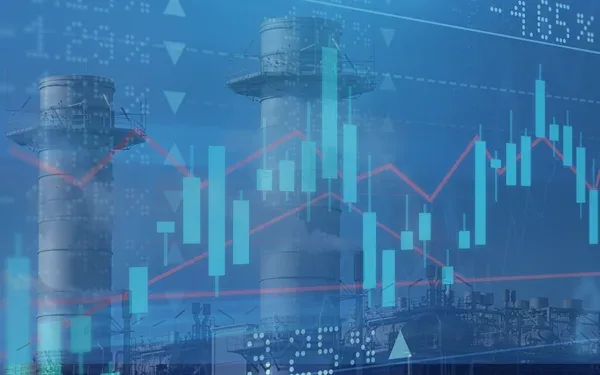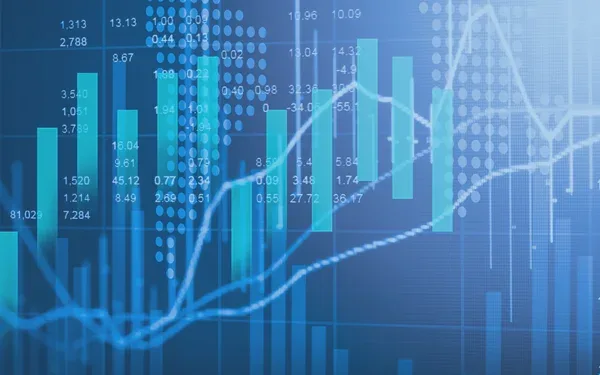Another side of the battery storage
California has been receiving a lot of positive attention in the media and elsewhere for the large amount of lithium-ion battery storage capacity that has been added to the electrical grid since last summer.
The heightened focus makes sense. No electrical grid in the country, if not the world, has integrated more battery storage onto its power system than the ISO over the past year. Last summer, for example, there was about 250 megawatts (MW) of battery storage on the CAISO grid. Currently, there is about 2500 MW and greater amounts of battery power will continue coming online in the months and years ahead. In fact, the California Public Utilities Commission’s draft preferred system plan calls for 12,000 MW of installed utility scale batteries by 2025.
So far, the additional capacity, despite a few supply chain and operational glitches that are to be expected with something so vast and so new, has been performing very well.
But there is a whole other side of the story not as readily noticed because battery storage, in addition to providing new opportunities, also creates new market requirements.
Key players in this part of the drama are ISO engineers, storage industry officials and other experts and stakeholders working on a complex initiative designed to make sure that the right market rules, financial models and other protocols are in place to integrate all that new technology onto the grid successfully and efficiently.
There are also questions around how compensation should work for storage resources when the grid operator may need those resources to hold state of charge. These situations will essentially require storage resources foregoing opportunities to earn market revenue - for local or system needs later in the day. Compensation for these kinds of events is not something that the energy markets are set up to do because existing market rules are geared for more traditional sources of power, such as natural gas, solar, wind and other renewables. That’s why market enhancements are necessary.
“Storage resources are different than traditional gas resources in that they do not generate from an external energy source,” explains Gabe Murtaugh, storage sector manager for the ISO’s Market and Infrastructure Policy group.
“Instead, they take energy from the grid at one time, to inject it back into the grid later. This leads to market design where dependencies between charging and discharging periods help to inform prices. This is quite different from traditional markets, where price formation is usually only based on current market supply and demand conditions.”
Storage resources generate electricity during the hours of greatest need on the system, typically when renewable sources like solar and wind are not available to provide power.
That means utility scale batteries must charge earlier in the day to ensure availability of energy so they are ready to dispatch power when needed.
Working with stakeholders, industry representatives and experts, ISO staff developed a Straw Proposal on the Energy Storage Enhancements that will be the focus of a stakeholder meeting scheduled for December 14 at 1 p.m. Pacific Time.
During the early stages of the storage stakeholder process, the ISO heard from storage developers and operators who were concerned with existing market rules, optimization algorithms, and settlement processes as applied to the energy storage resources. A principle concern raised by the storage community is a lack of compensation during critical periods when the ISO must retain state of charge on limited energy storage devices, which may preclude their active participation in the real-time markets.
The ISO’s existing bid cost recovery rules, which are designed based on traditional energy generation resources, do not consider energy storage charging and discharging cycles. A primary objective of the Storage Enhancements initiative is to develop a set of solutions to enhance the tools available to storage resource operators to manage state of charge in the real-time markets.
A new model is being proposed by the ISO. It is called the energy storage resource (ESR) model, which is unique from existing models because bids are submitted to the ISO based on state of charge values, rather than a dispatch power. Specifically, the energy storage resource model will allow storage resources to offer lower prices to provide energy when a battery has a nearly full state of charge and higher prices when it is almost depleted. This new model would be employed in the ISO’s market software for both the day-ahead and real-time markets.
After the stakeholder call on Dec. 14, comments on the straw proposal can be submitted to the ISO by January 12, 2022.


